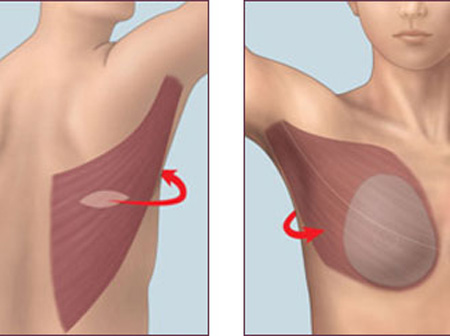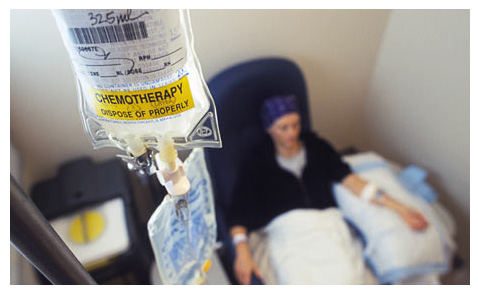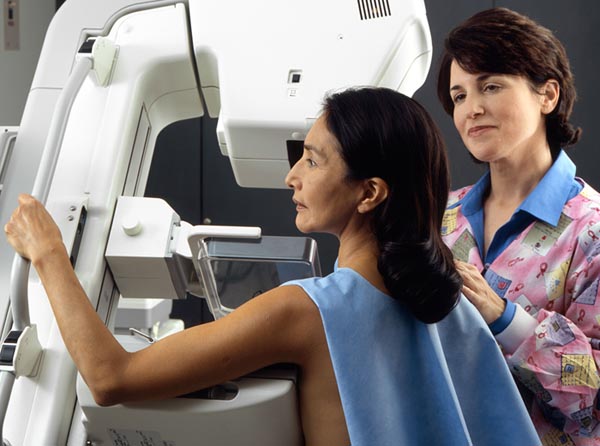After being diagnosed with breast cancer, women must often undergo extensive surgeries that may destroy some or all of the breast tissue, leaving them with misshapen or deformed breasts that require breast reconstructive surgery or prosthesis. These are generally considered cosmetic surgeries, and may not be covered by insurance, but nevertheless, the process of breast reconstruction is a popular one among those who have had some or all of their breast tissue removed. There are a couple of different ways that the breasts can be reconstructed after cancer, or after surgery to remove the cancer, but let’s start with the various surgeries that are performed to remove breast tissue in the first place.
Breast cancer surgery typically involves the physical removal of the tumor itself, as well as some of the tissue that surrounds it. Commonly, a sentinel lymph node biopsy is done as well. The sentinel lymph node is the one that the cancer is most likely to spread to, the biopsy is done to see if that has happened and how far advanced it is if so. The surgery that is done in very advanced stages, or where the doctor sees no other choice is the Mastectomy, which is the removal of the entire breast. Other surgeries include a Quadrantectomy, or removal of a quarter of the breast, and a Lumpectomy, where only a small portion of the breast is removed.
Breast Reconstruction
The first thing that you should be aware of is that breast reconstruction results vary widely, and although the procedure does attempt to restore the breast to the normal shape, size and appearance, this may not happen exactly how you want it to. Continue reading Breast Reconstruction



